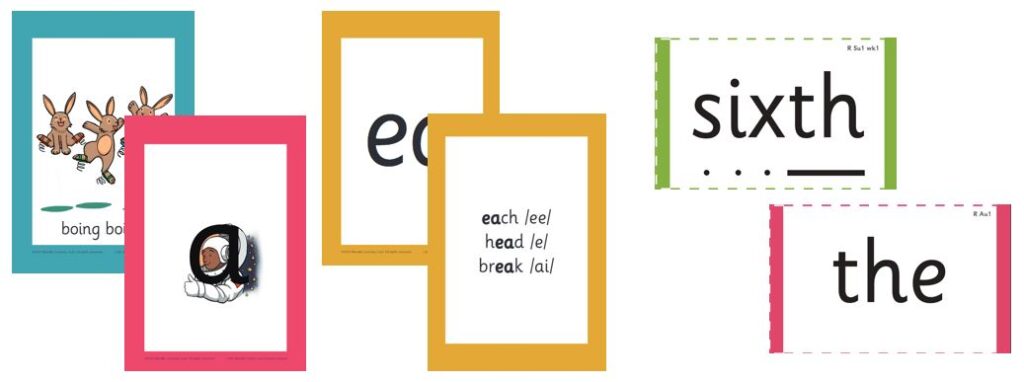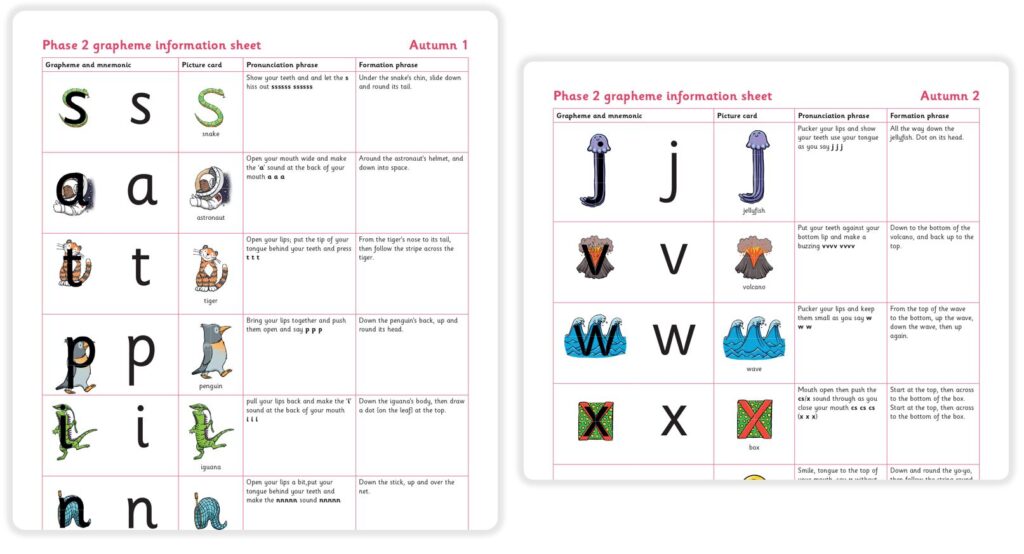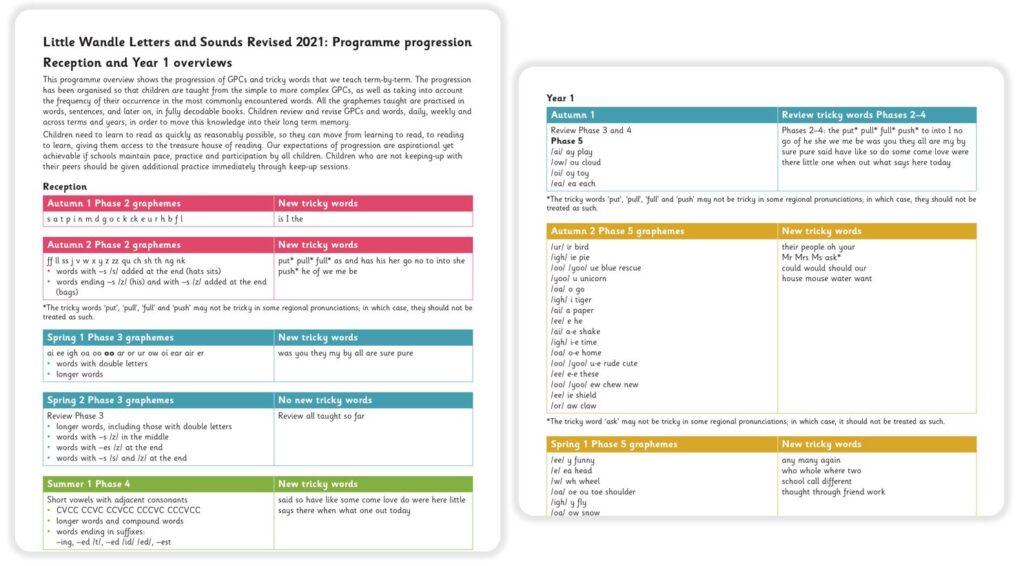Early Reading and Phonics
Early Reading Intent
/i/video/Ourreadingvisioni__2_.mp4
Early Reading Implementation
At All Saints’ First School, we believe that reading and writing is an essential life skill and we are dedicated to enabling our children to become enthused, engaged and successful lifelong readers and writers. To support this, we practise the Little Wandle Letters and Sounds Revised programme and implement the following:
Foundations for Phonics in Nursery
We provide a balance of child-led and adult-led experiences for all children that meet the curriculum expectations for ‘Communication and Language’ and ‘Literacy’. These include:
– Sharing high quality stories and poems using a balance of reading styles (daily)
-Linked texts (books written and illustrated by the same author)
-Learning a range of nursery rhymes, action rhymes and songs
-Activities that develop focused listening and attention, including oral blending
-Attention to high-quality language- modelled language in play, conversation, introducing new vocabulary, songs and poetry
-Small group and whole class phonic sessions where all aspects of phase 1 are taught (daily)
Aspect 1- General sound discrimination (environmental)
Aspect 2- General sound discrimination (instrumental)
Aspect 3- General sound discrimination (body percussion)
Aspect 4- Rhythm and rhyme
Aspect 5- Alliteration
Aspect 6- Voice sounds
Aspect 7- Oral blending and segmenting
We ensure that our Nursery children are well prepared to begin learning grapheme-phoneme correspondences (GPC’s) and blending in Reception. If the cohort are secure with aspects of phase 1, they will begin to learn SATPIN in Summer 2 prior to starting Reception.
Daily phonics lessons in Reception and Year 1
We teach daily phonics, quickly building up to 30 minutes a day. In Reception, we build from 10 minutes lessons, with additional daily oral blending games, to the full-length lesson as quickly as possible.
Children make a strong start in Reception: teaching begins in week 3 of the Autumn term
We follow the Little Wandle Letters and Sounds Revised expectations of progress
Children in Reception are taught to read and spell words using phase 2 and 3 GPC’s, and words with adjacent consonants (phase 4) with fluency and accuracy
Children in year 1 review phase 3 and 4 and are taught to read and spell words using phase 5 GPC’s with fluency and accuracy
Daily phonics lessons in Year 2
We teach phonics 30 minutes daily with an emphasis on revising phase 5 from Year 1 Summer Term planning. Children who complete the phase 5 phonics fully then move on to daily spelling sessions. This is taught across KS2.
Daily Keep-up lessons ensure every child learns to read.
Any child who needs additional practice has daily keep-up support, taught by a fully trained adult. For any child who has not kept up in the phonics lesson, same day intervention takes pace. Keep-up lessons match the structure of class teaching and use the same procedures, resources and mantras, but in smaller steps with more repetition. We use ongoing formative assessment in the phonics lessons to identify daily keep-up sessions and specific reading gaps (GPS’s, tricky words, blending)
Summative assessments take place every six weeks. These assessments identify gaps in the programme taught so far. Heat maps help to track where the children are in line with the phonics phases, and the termly and end of year expectations outlined in the programme
We timetable daily phonic lessons for any child in year 2, 3 and 4 who is not fluent at reading and summative assessment has shown gaps in reading decodable books. We also timetable daily phonic lessons for all children who have not passed the Phonics Screening Check. These children urgently need to catch-up so the gap between themselves and their peers does not widen
Every child in Year 2 or above who cannot read at age-related expectations needs urgent targeted support so that they can access the curriculum and enjoy reading as soon as possible. These children complete the Little Wandle Rapid Catch-Up programme. We also timetable daily phonic lessons using Little Wandle Letters and Sounds Revised.
Teaching reading: Reading practice sessions three times weekly in Reception and Year 1
We teach children to read through reading practice sessions three times weekly
Each session is taught by a fully trained adult to small groups of children
Books are matched to the children’s secure phonic knowledge (Big Cat Little Wandle: Letters and Sounds Revised)
Each reading practice session has a clear focus so the demands of the session do not overload the children’s working memory
The reading practice sessions focus on three key reading skills:
-Decoding
-Prosody: teaching children to read with understanding and expression
-Comprehension: teaching children to understand the text
Those who are not yet decoding have wordless books and additional blending practice, so they can quickly to learn to blend and begin to read worded books.
A book at the right level is one where the children should:
– Know all the sounds and tricky words
-Read many of the words by silent blending- their reading is automatic
-Only need to stop and sound about 5% of the words- but they should be able to do this on their own
Additional phonics and reading support
Children in Reception and Year 1 receive additional daily keep-up sessions either on a 1:1 basis or in a small group
Lowest 20% are identified through summative assessment (every six weeks). Heat maps identify gaps in learning. Extra daily support is given. This is additional to the daily phonics lesson, daily keep up session and reading practise session.
Ensuring consistency and pace of progress
All class teachers and teaching assistants in our school have been trained to teach early reading. This was made a priority in the academic year 2021/2022 and continues as we embed the programme. Staff development meetings and twilight sessions were used to train staff. Staff from across the key stages were trained to ensure we have the same pedagogy and expectations for early reading
All staff use the same mantras, routines and resources to teach children to read so we lower children’s cognitive load
Weekly content grids map each element of new learning to each day, week and term for the duration of the programme
Lesson templates, prompt cards and how to videos ensure teachers all have a consistent approach and structure for each daily lesson
The reading leader and SLT use the Little Wandle audit to regularly monitor and observe teaching. They use summative data to identify gaps in learning and those children who need additional support. This is discussed in pupil progress meetings
Using Little Wandle heat maps, the lowest 20% are identified in each year group/class. Interventions are timetabled by the reading leader, KS leader and SENCO
Exiting LW reading practice sessions
Children can exit LW reading practice sessions (decodable books) when they are Y1 secure
Children need to read orange banded books with 90% fluency
Children who are Y1 secure then progress through our banded reading scheme.
Early Reading Impact
By the time children leave All Saints’ First School they are competent fluent readers who can recommend books and poetry to their peers. They will show a love of reading and will choose to read for pleasure.
Pupil Voice Feedback (2023)
-I feel happy when I read
-When you read a good book, you never want it to end
-When I read an exciting book, I can’t put it down
-You can use your imagination
-When you read, you become the character and you can travel to different lands and worlds
-Can you imagine a world without a bedtime story? That would be horrible
-Words make everything interesting. When we read, we understand things
-Reading makes me feel happy and peaceful
Our systematic approach to teaching phonics, combined with high expectations has had a positive impact on the reading outcomes for pupils.
2021/22 77% of year one pupils passed the phonics screening check compared to 75 % nationally.
Year 2 pupils who did not pass the check have made progress since and are being supported through a tailored programme matched to their individual needs.
We have high expectations for our children and have predicted a 86% pass rate for the phonics screening check in 2023.
Projected Y1 Phonics Screening Test Pass Rate (Based on score of 26 in March 2023)
Y1 children 44 in total
Y1 children scoring 26 or above in March 2023 38/44 86%
Supporting your child with phonics
Here are some more resources/information that may be useful. Taking the time to read these will really help you to support your child more effectively at home.
Pronouncing Sounds
It is really important that you pronounce the sounds correctly at home if you are supporting your child.
These videos will help you to pronounce the sounds correctly.
Sounds taught in Reception Autumn 1
Sounds taught in Reception Autumn 2
Blending to Read Words
Some children pick this up really quickly; others lake a little longer. That is fine. Regularly helping your child at home will really help them. Have a look at this short clip on how we teach children to blend to read words.
Terminology
The children become very familiar with the terminology used in teaching phonics.
Here are the main words we use, and their meanings. Using the same language will really help you to support your child in learning to read.
Phoneme
A phoneme is the smallest unit of sound that can be identified in words. We sometimes simply call
this a ‘sound’, although it is helpful for children to use the term ‘phoneme’ from the
beginning of our programme.
Grapheme
A letter or group of letters used to represent a particular phoneme (sound) when writing, for example ‘a’, ‘t’, ‘ea’, ‘igh’. With children, we sometimes call this ‘a sound written down’, although, as with ‘phoneme’, it is helpful for children to learn to use the correct term from the beginning.
Digraph
A grapheme using two letters to represent one phoneme. With children, we frequently
reinforce it with the mantra ‘two letters, one sound’. At the appropriate stage, it is useful
for children to learn to use the term and to understand what it means. For example ‘ea’, ‘ar’, ‘sh’.
Trigraph
A grapheme using three letters to represent one phoneme. With children, we frequently
reinforce it with the mantra ‘three letters, one sound’. At the appropriate stage, it is useful
for children to learn to use the term and to understand what it means. For example, ‘igh’.
Split Vowel digraph
A digraph representing a vowel sound where its two letters are split by an intervening
consonant (for example, ‘a_e’ in ‘take’). Despite having a consonant in between them,
the two letters involved (here ‘a’ and ‘e’) still count as one digraph, making one sound.
Blend
To combine individual phonemes into a whole word, working all the way through from
left to right.
Segment
To identify each of the individual phonemes in a word, working all the way through from
left to right. This is an important first stage of writing (spelling) a word but needs to be
practised orally first.
Teaching Order
We usually teach four new sounds a week and have a review lesson on a Friday. You will get a list of the sounds that we are learning to have at home. This will help you with formation and pronunciation.
We will work our way through the whole Little Wandle Programme until your child can read fluently. Gradually your child learns the entire alphabetic code.
How We Make Learning Stick

There are specific resources for the Little WandleProgramme which the children will become very familiar with.
Each sound that we teach to begin with has either a mnemonic (like the astronaut you can see in the picture) or a phrase like boing-boing for ‘oi’. This helps the children recognise and remember the graphemes (the written form of the sound).
Every time we teach a new sound, we also read words during the phonics lesson that contain that new sound so that the children practise what they have learned. We then go on to reading a sentence containing some of those words.
We have displays in the classroom and on the tables to support the children throughout the day.
Tricky Words
Tricky words are high-frequency words that, although decodable in themselves, cannot be decoded by children using theknowledge they have been taught up to that point. Not all high-frequency
words are ‘tricky words’. Many tricky words cease to be tricky in the later stages of our
programme, as more is learned.
Watch this clip to find out how we teach tricky words.
Alien Words
Alien words is child-friendly term for ‘pseudo-words’. These are made up words that can be read using the phonics strategies your child is learning. It helps to see if your child is building a secure phonic knowledge.
Reading at Home
The most important thing you can do is read with your child.
Although your child will be taught to read at school, you can have a huge impact on their reading journey by continuing their practice at home.
There are two types of reading book that your child may bring home:
Reading practice book
This book has been carefully matched to your child’s current reading level. If your child is reading it with little help, please don’t worry that it’s too easy – your child needs to develop fluency and confidence in reading.
Listen to them read the book. Remember to give them lots of praise – celebrate their success! If they can’t read a word, read it to them. After they have finished, talk about the book together.
Sharing book
In order to encourage your child to become a lifelong reader, it is important that they learn to read for pleasure. The sharing book is a book they have chosen for you to enjoy together.
Please remember that you shouldn’t expect your child to read this alone. Read it to or with them. Discuss the pictures, enjoy the story, predict what might happen next, use different voices for the characters, explore the facts in a non-fiction book. The main thing is that you have fun!
Please read with your child as often as you can – at least once a day if possible.
Reading a book and chatting had a positive impact a year later on children’s ability to…
-understand words and sentences
-use a wide range of vocabulary
-develop listening comprehension skills.
It really is the single most important thing you can do with your child to help them to learn.
Reading opens up a world of information and imagination. Helping your child to be fluent and confident readers is vital. Reading then becomes fun, and children develop a love of reading.
Our reading vision is that every child should love reading at All Saints’. Please help us to achieve this.





